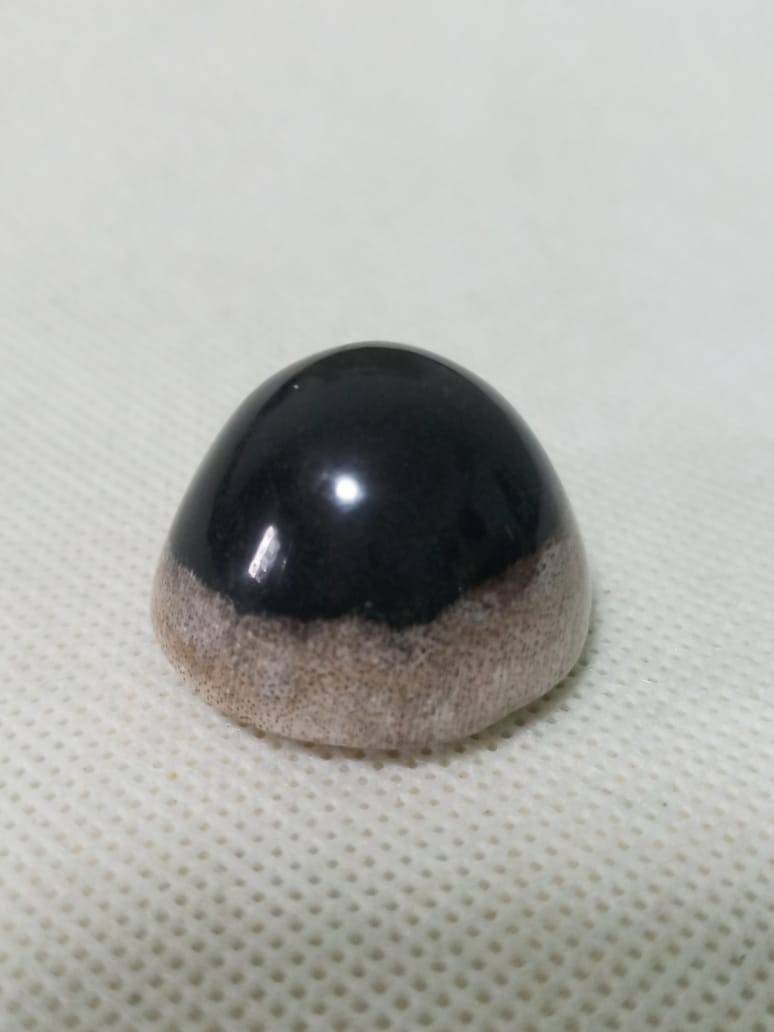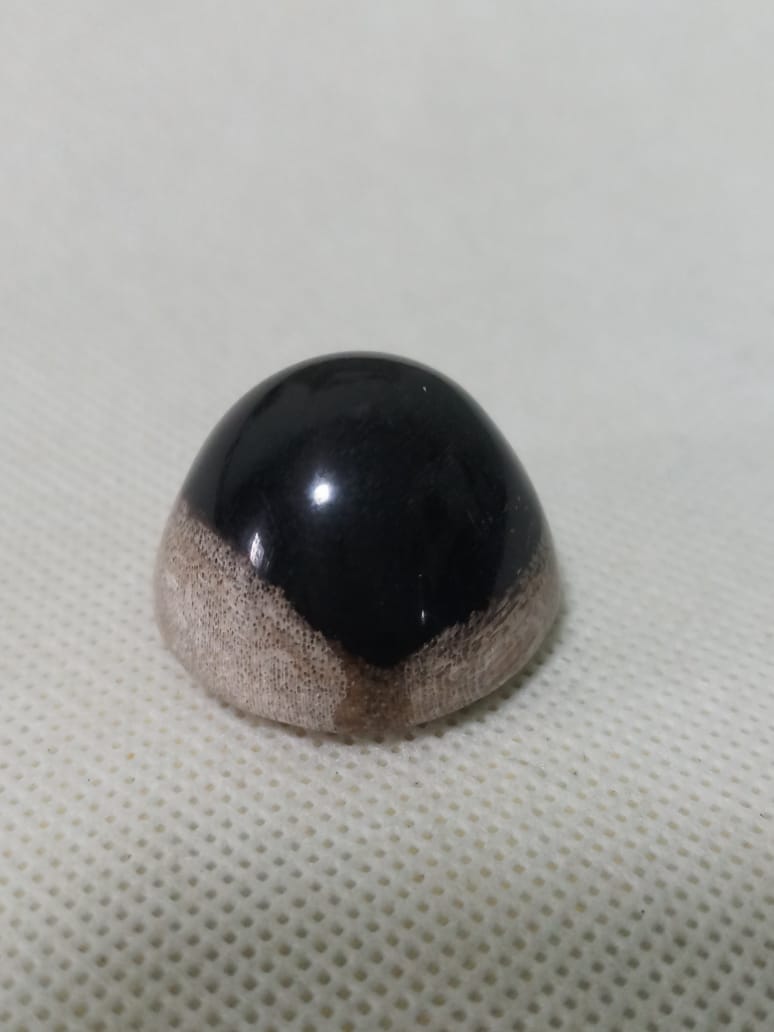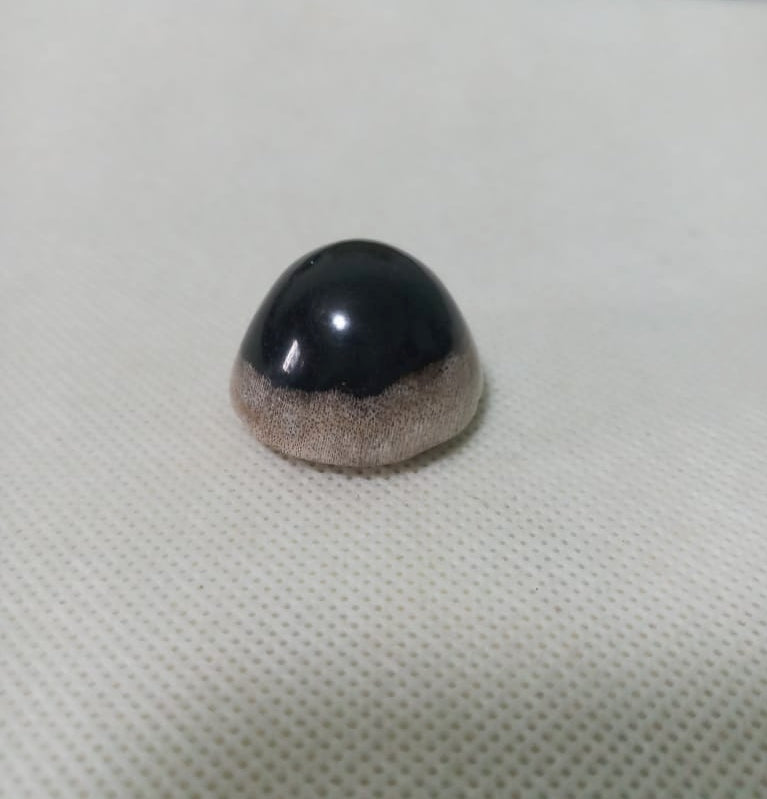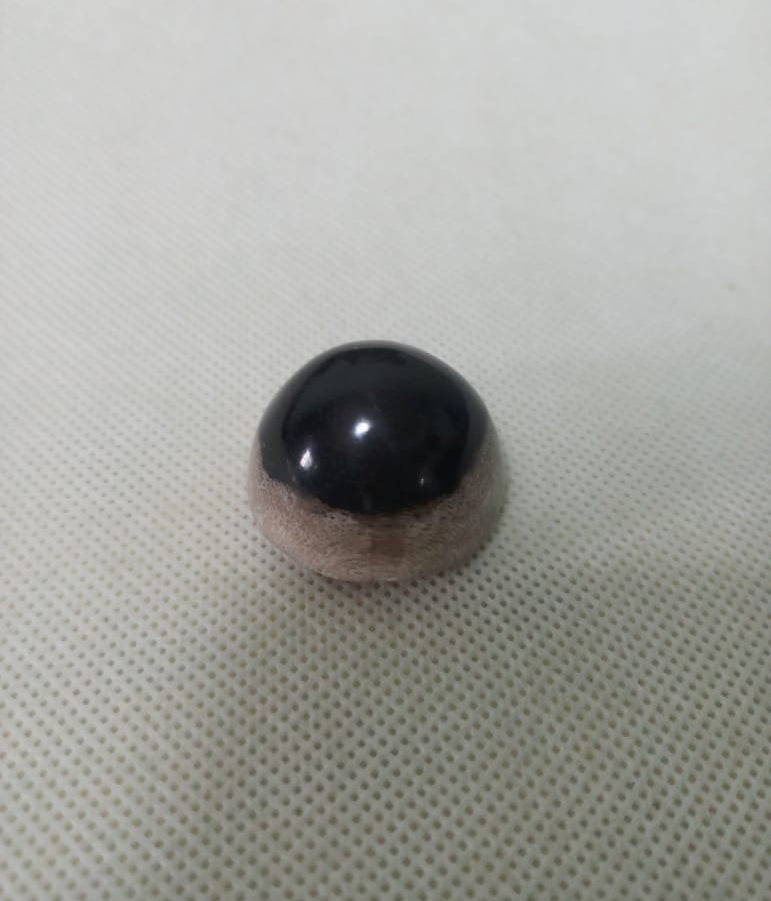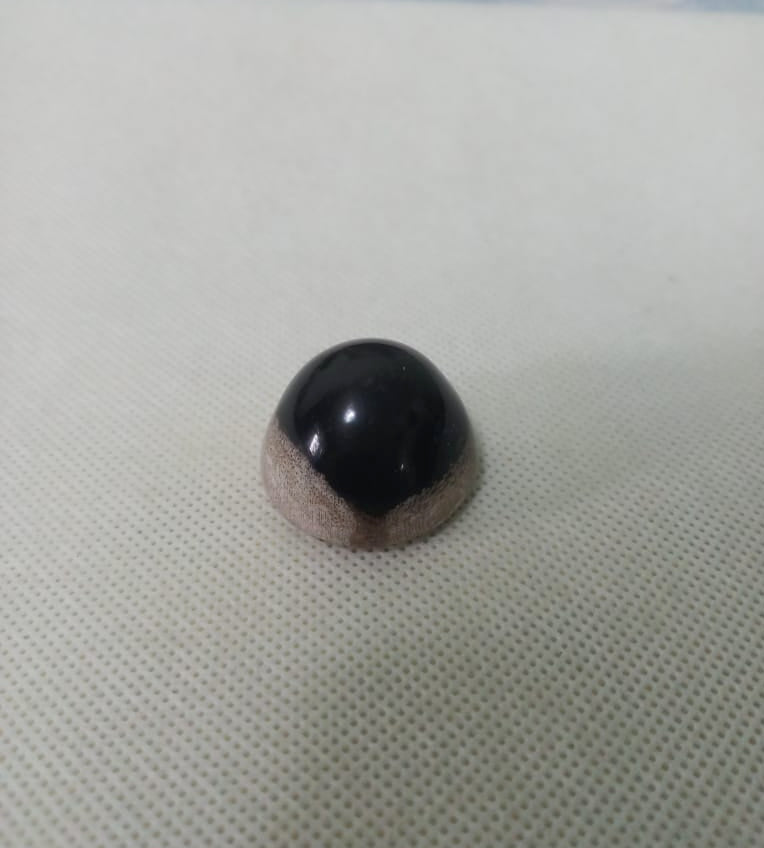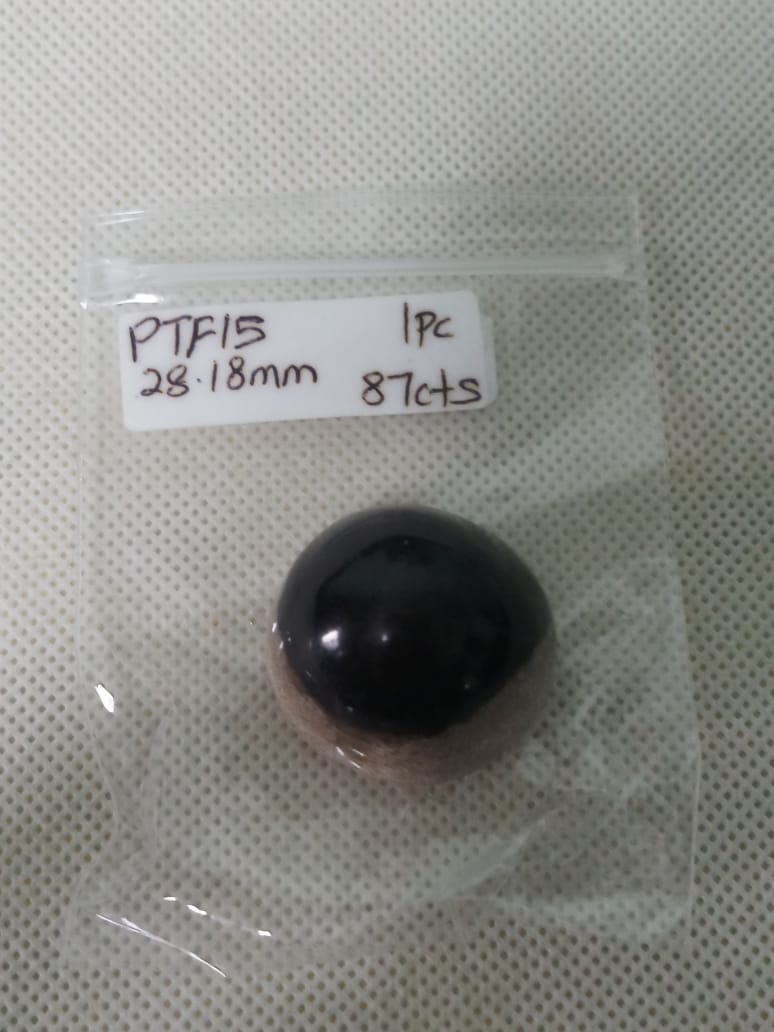1
/
of
6
cherrygemssg
NATURAL PETRIFIED PALM TREE FOSSIL PTF15
NATURAL PETRIFIED PALM TREE FOSSIL PTF15
Regular price
$20.00 SGD
Regular price
Sale price
$20.00 SGD
Unit price
/
per
Shipping calculated at checkout.
Couldn't load pickup availability
Petrified palm tree fossils are a fascinating type of fossilized plant material. Here are some key points about them:
Formation Process
- Petrification: Petrified palm trees, like other petrified wood, are formed through a process called permineralization. This occurs when plant material is buried by sediment and protected from decay by oxygen and organisms. Over time, groundwater rich in dissolved minerals flows through the sediment, replacing the original organic material with minerals such as silica, calcite, or pyrite. The result is a stone-like replica of the original tree, preserving its structure in incredible detail.
Characteristics
- Appearance: Petrified palm wood often displays unique features that distinguish it from other types of petrified wood. It typically has a fibrous texture and may show the distinct patterns of the vascular bundles (the structures that transport water and nutrients in the living plant). The fossilized wood can exhibit a range of colors depending on the minerals that replaced the original organic material.
- Age: Fossilized palm trees can be millions of years old. They are commonly found in sedimentary rock formations from the Tertiary period (about 66 to 2.6 million years ago), but some specimens can be even older.
Locations
- Global Distribution: Petrified palm fossils have been discovered in various parts of the world. Significant deposits are found in regions such as the southwestern United States, particularly in Texas and Louisiana, where ancient palm forests once thrived.
- Geological Context: These fossils are often found in areas that were once coastal or near large bodies of water, where the environment was conducive to the growth of palm trees and the subsequent conditions were favorable for fossilization.
Scientific and Educational Value
- Paleobotany: Studying petrified palm tree fossils provides valuable insights into ancient ecosystems and climate conditions. They help paleobotanists understand the diversity and distribution of plant life in the geological past.
- Educational Tools: Petrified wood, including palm fossils, is often used in educational settings to teach about fossilization processes, ancient environments, and the history of plant life on Earth.
Collecting and Uses
- Collecting: Fossilized palm wood is popular among collectors due to its distinctive appearance and the intriguing history it represents.
- Decorative Uses: These fossils are also used in jewelry, as decorative stones, and in other artistic applications due to their beauty and unique patterns.
Overall, petrified palm tree fossils are a remarkable testament to the natural processes that can preserve organic material for millions of years, offering a window into Earth's ancient past.
Share
